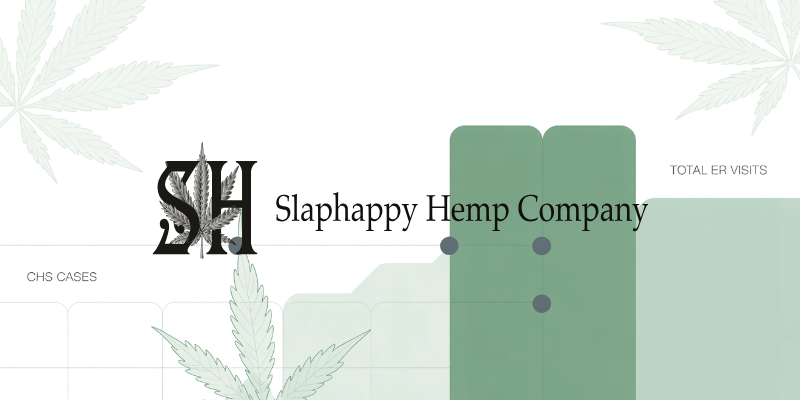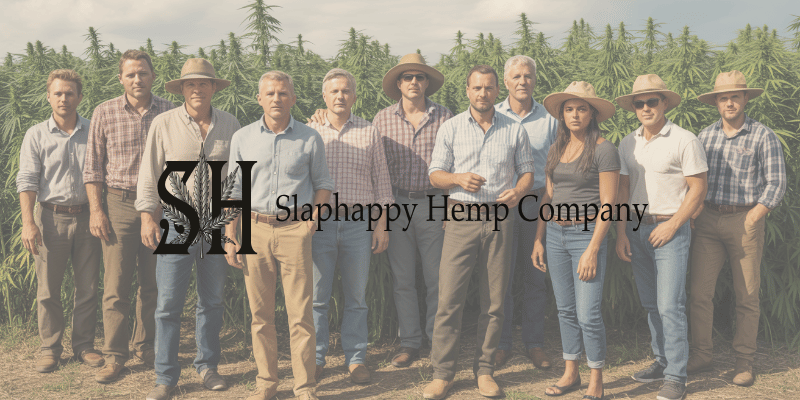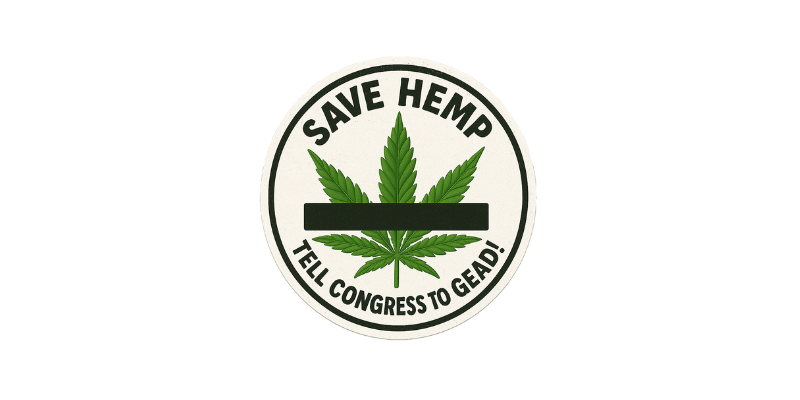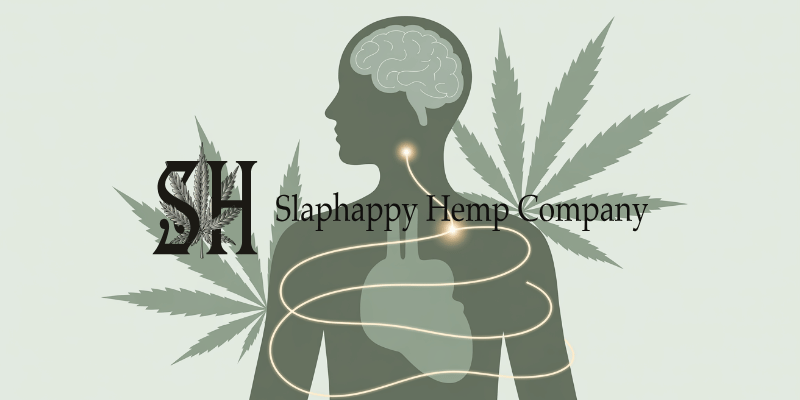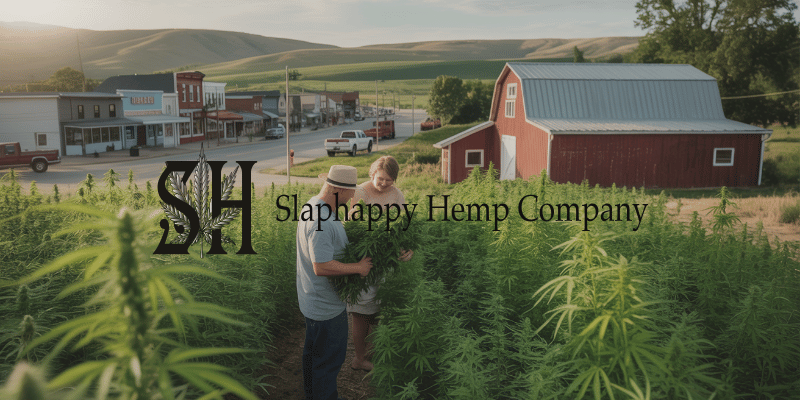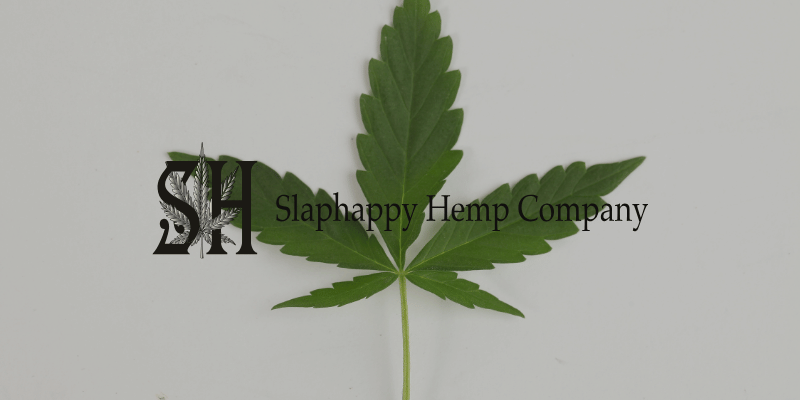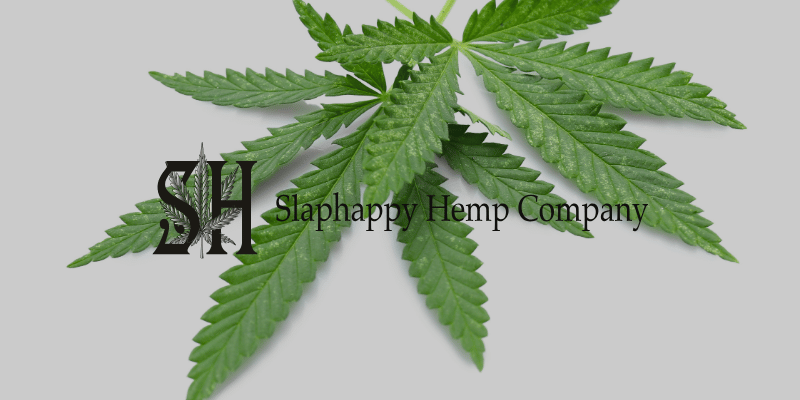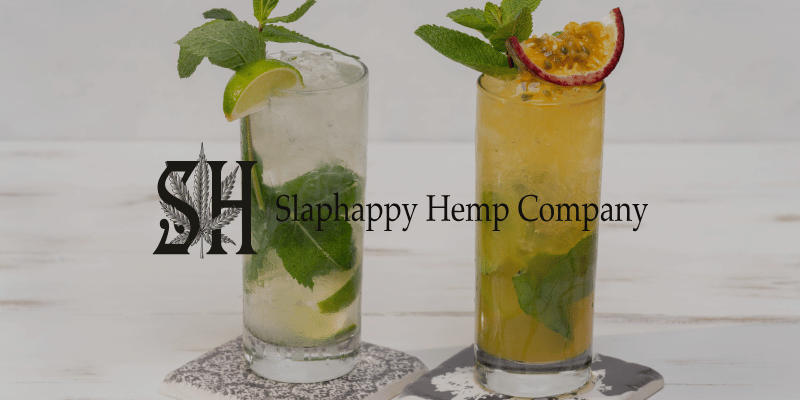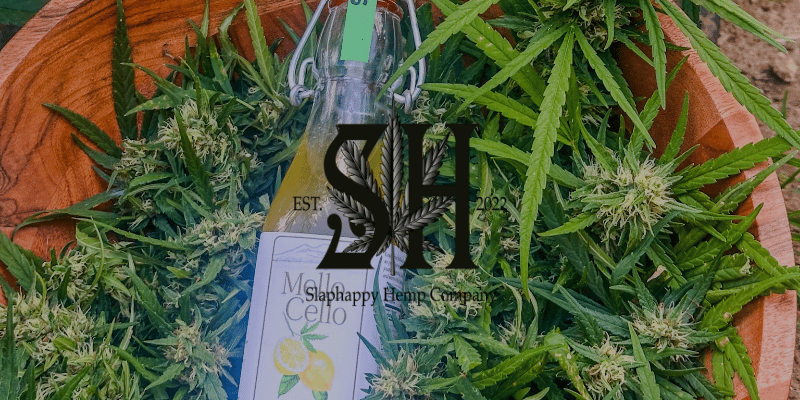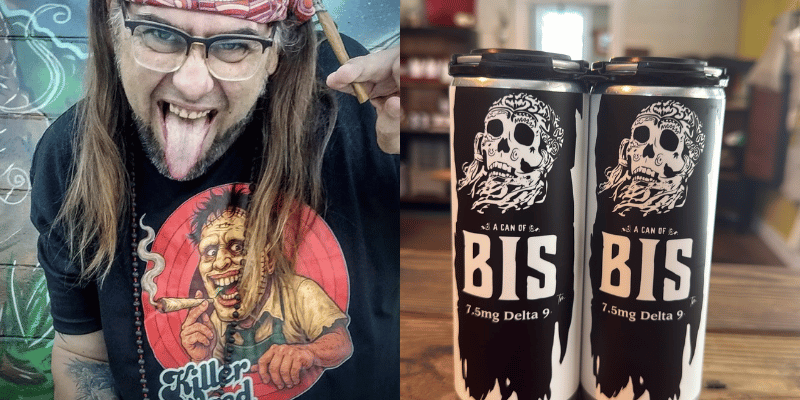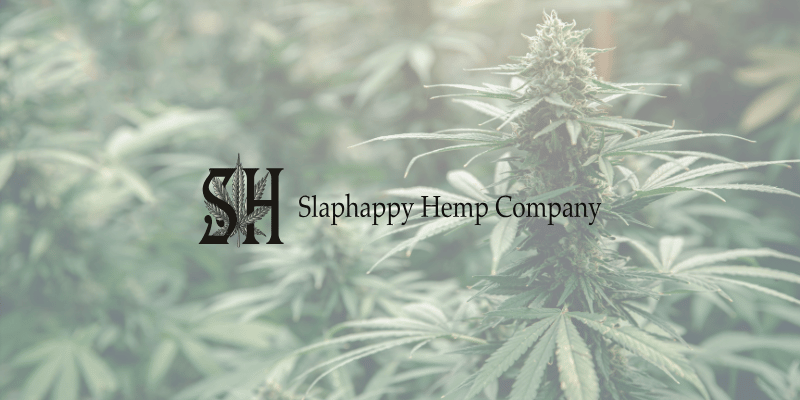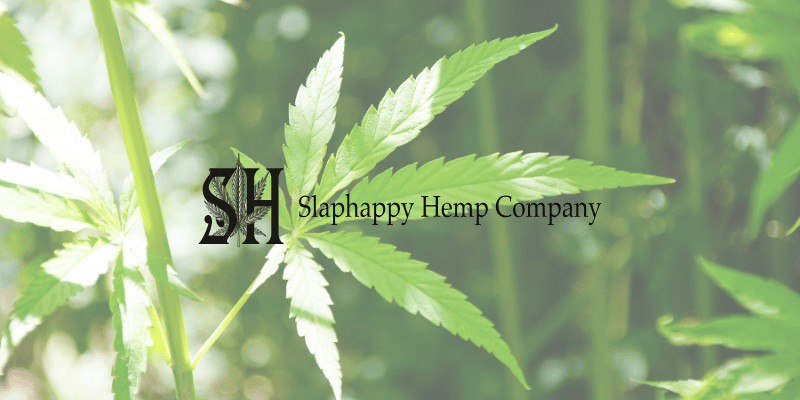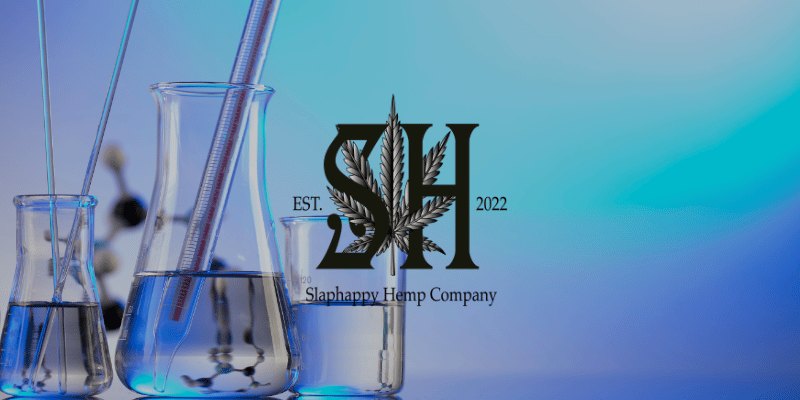
How to Decode COAs (Certificates of Analysis) Without a Science Degree
If you’ve ever bought a hemp product and noticed a QR code or a long, science-y PDF called a “Certificate of Analysis” (COA), you’re not alone in wondering what in the world it all means. COAs are the backbone of transparency in the hemp industry, but most people only give them a quick glance—if they look at them at all.
The problem? That’s like buying a bottle of wine without knowing whether it’s grape juice or the good stuff. A COA is your proof that what’s on the label is actually in the product. It tells you how much CBD or other cannabinoids are in there, confirms the absence of dangerous contaminants, and basically acts as your hemp product’s report card.
You don’t need a PhD to read one. You just need a straightforward guide (and maybe a little Slaphappy attitude) to help you cut through the jargon.
Why COAs Matter for Hemp Products
A COA isn’t just a nice-to-have—it’s a must-have for any legit hemp brand. It’s how you:
- Verify the cannabinoid content matches the product label
- Confirm there’s no mold, heavy metals, or pesticides lurking in your gummies or tinctures
- Protect yourself from shady operators cutting corners
- Prove that your product is legal under state and federal guidelines
At Slaphappy Hemp, every product in our lineup—whether it’s a tincture, beverage, or topical—has a COA you can check for yourself on our COAs page.
The Basic Layout of a COA
Most hemp COAs follow a similar structure. You’ll typically see:
- Product Information – The product name, batch number, and date of testing.
- Cannabinoid Profile – A breakdown of cannabinoids like CBD, CBG, CBN, and THC.
- Potency Results – The total milligrams per unit (like per gummy or per mL).
- Contaminant Testing – Results for pesticides, heavy metals, residual solvents, and microbiological contaminants.
- Lab Information – The name, address, and certification details of the testing lab.
If you don’t see all of this, that’s a red flag.
Step 1: Match the Product to the COA
Before diving into numbers, make sure the COA you’re looking at actually belongs to the product you’re holding. Match:
- Batch/Lot Number – Found on the product packaging or label
- Test Date – Should be recent (ideally within the past year)
- Product Type – A tincture’s COA shouldn’t be standing in for gummies
If those details don’t line up, request the right COA or skip the product entirely.
Step 2: Decode the Cannabinoid Profile
This section is where most eyes glaze over. Here’s the short version:
- CBD (Cannabidiol) – The star cannabinoid in most hemp products.
- CBG, CBN, CBC – Minor cannabinoids with their own potential benefits.
- THC (Delta-9 Tetrahydrocannabinol) – The psychoactive compound. For legal hemp, Delta-9 must be ≤0.3% by dry weight.
Look for the “Total Cannabinoids” percentage or milligram count. If the COA says 25mg CBD per serving and your product label says the same, that’s a good sign.
Step 3: Check Potency
Potency tells you how strong the product is. For example, if your 30mL tincture bottle says 1,500mg CBD, a lab test showing 1,480–1,520mg is within a normal variance.
If the numbers are way off—say the COA shows only 900mg CBD—it’s underdosed, and you’re paying for more than you’re getting.
Step 4: Scan for Contaminants
This is where safety comes in. COAs should include results for:
- Heavy Metals – Lead, mercury, arsenic, cadmium
- Pesticides – Chemicals used in farming
- Residual Solvents – Leftover chemicals from extraction
- Microbials – Mold, yeast, E. coli, salmonella
You want to see “ND” (Not Detected) or levels that fall well below legal safety limits.
Step 5: Verify the Lab
A COA is only as trustworthy as the lab that produced it. Look for:
- Third-party testing (not in-house)
- ISO/IEC 17025 accreditation
- A clear lab address and contact info
If the lab’s name is missing or it’s affiliated with the manufacturer, that’s a reason to dig deeper.
Common COA Red Flags
Watch out for:
- Missing test date or batch number
- No contaminant testing results
- Extremely vague cannabinoid breakdown (“CBD: present”)
- Outdated test results
- Lab results hosted only on social media instead of a secure website
If you spot these, the product may not be as clean as it looks.
Why Slaphappy Hemp Makes COAs Easy
We get it—most COAs look like they were designed for scientists, not regular people. That’s why our COAs page is set up so you can quickly find your product, scan the QR code, and get the info you need.
We want you to feel confident that every product we sell—whether it’s a tincture, beverage, or topical—is exactly what it claims to be.
Taking the Next Step
Understanding COAs isn’t just about safety—it’s about getting the best value for your money and knowing you’re supporting hemp done right.
If you want to put your COA knowledge into practice, stop by the Slaphappy Hemporium. You can browse products, check their COAs right there with us, and taste-test some of our favorites. Plus, you’ll walk away knowing exactly what’s in your hemp and why it matters.
Or, if you prefer to shop online, contact us anytime with questions about our products or their lab results.



